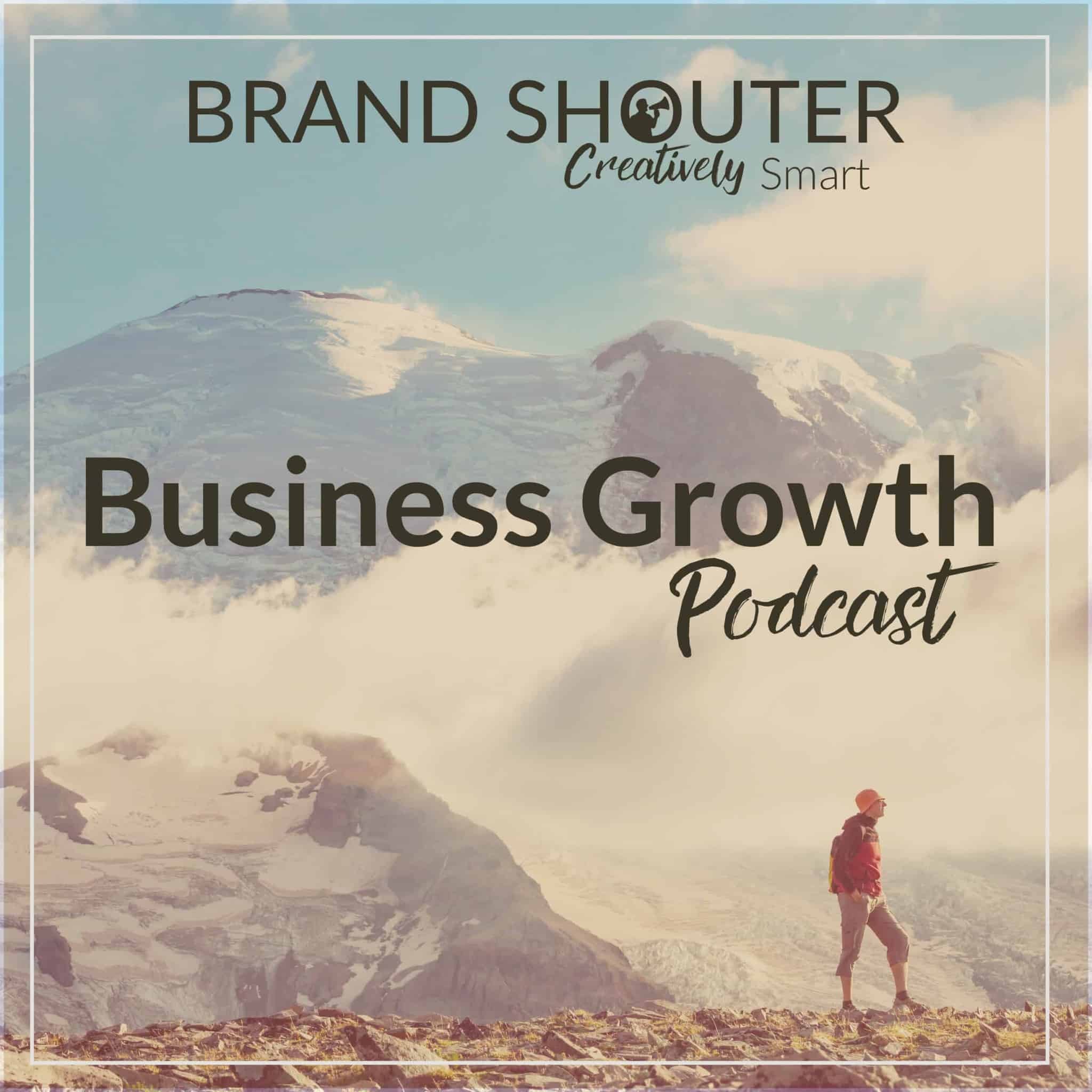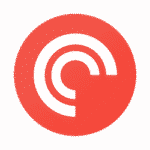These 4 steps will increase donations to your organization and grow your donor base.
In a world where accessing information is done with the click of a mouse, traditional outbound marketing tools like print ads, broadcast media, direct mail, and telemarketing are not as effective as they once were. Businesses have known for years that the better approach is an inbound marketing strategy where they can reach people in their buying moments, and attract prospective customers to their products and service. The same principle applies to the non-profit sector. Just as businesses are attracting customers, you can increase donations to your non-profit through inbound marketing. Here’s how it works:
There are four steps to a non-profit inbound marketing strategy:
1. Attract
By increasing your online presence using optimized content, you can increase awareness for your organization and its mission. The best tools for attracting the right new visitors to your organization’s website are:
- Blogging – The single best way to attract interested visitors to your website is a blog. Blogging regularly enables you to publish informative content that speaks to your visitors’ values and answers their questions.
- Search Engine Optimization (SEO) – Prospective donors usually begin their search for just the right cause by using a search engine to find information about a cause they care about. SEO is a means by which you can get your website and blog to show up at or near the top of the search engine results page for a particular keyword or keyword phrase. To do that, you’ll need to carefully choose keywords and phrases, optimize your web pages and blog posts for those keywords and phrases, create quality content, and build links around the terms your donor personas are searching for.
- Website Pages – Website pages are your digital storefront, so it’s essential that you put your best face forward! Optimize your website to appeal to your donor personas and your website will become a beacon of helpful content to entice the right strangers to visit your site.
- Social Publishing – As you may already have guessed, successful inbound marketing is all about relevant content. By engaging in social publishing on platforms where your donor personas spend their time, you can share that valuable information on social media, engage with your donors, and put a human face on your organization’s brand.
2. Connect
Once you’ve attracted visitors to your website, you can increase donations by increasing the size and improving the quality of your supporter database. This involves gathering their contact information. At the very least, you’ll need their email addresses, but the more information you can gather about your visitors at this stage, the better. Some tools for connecting with visitors are:
- Online Forms – In order for visitors to become contacts, they’ll need to submit their information via an online form. An optimized form makes this step easier.
- Calls-to-Action – Calls-to-action are buttons or hyperlinks that entice your visitors to take an action, like “Sign up for our newsletter” or “Partner with us to help…” If you don’t have enough calls-to-action or your calls-to-action aren’t enticing enough, you won’t generate leads.
- Landing Pages – When a visitor clicks on a call-to-action, they should be directed to a landing page. A landing page is where you fulfill the offer in the call-to-action, and where the prospect submits contact information that you can use to begin a conversation with them. When website visitors fill out a form on a landing page for the first time, that visitor becomes a contact, and their information is stored in your contacts database.
3. Engage
Now that you’ve attracted and connected with the right visitors, it’s time to transform those connections into active supporters. The following tools will help you convert the right supporters at the right times:
- Customer Relationship Management (CRM) Systems – A CRM system keeps track of your supporters, including information that can help you better engage with them across multiple channels.
- Closed-loop Reporting – Closed-loop reporting helps you to know which marketing efforts are achieving the best results.
- Email – Just because a visitor clicks on your call-to-action and fills out a landing page form doesn’t mean they’re ready to donate. A series of emails that provide useful, relevant content can help grow that much-needed relationship of trust with a prospective donor, help them become more ready to give, and place your organization at the top of their mind when that day comes.
4. Inspire
One of the greatest things about inbound marketing for non-profits is the ability to turn existing supporters and beneficiaries into ambassadors for your organization – which can greatly increase donations. When you delight current supporters and beneficiaries with personalized communications, it strengthens those relationships and creates solid and enduring networks of support. Here are some tools that will facilitate that:
- Smart Content – Provide your existing supporters and beneficiaries with smart content that’s tailored to their interests and helps them achieve their own goals.
- Social Monitoring and Engagement – Keep track of the social conversations that matter to your supporters most. Pay attention to their questions, comments, likes, and dislikes; then respond with relevant content. Just as word-of-mouth used to be the best form of advertising, social sharing is a powerful tool today. By engaging on social media with valuable, relevant content, you’re encouraging your followers to share that content with their friends, opening up the possibility for more new visitors to your website.
Whether you want to attract more first time donors, or reinvigorate and strengthen your relationships with long-time supporters, inbound marketing can help you create the results that matter most to your organization.








